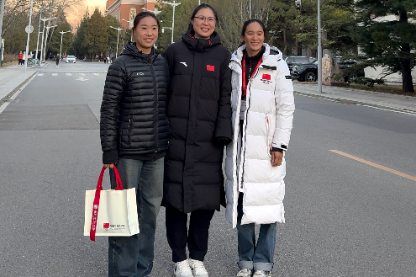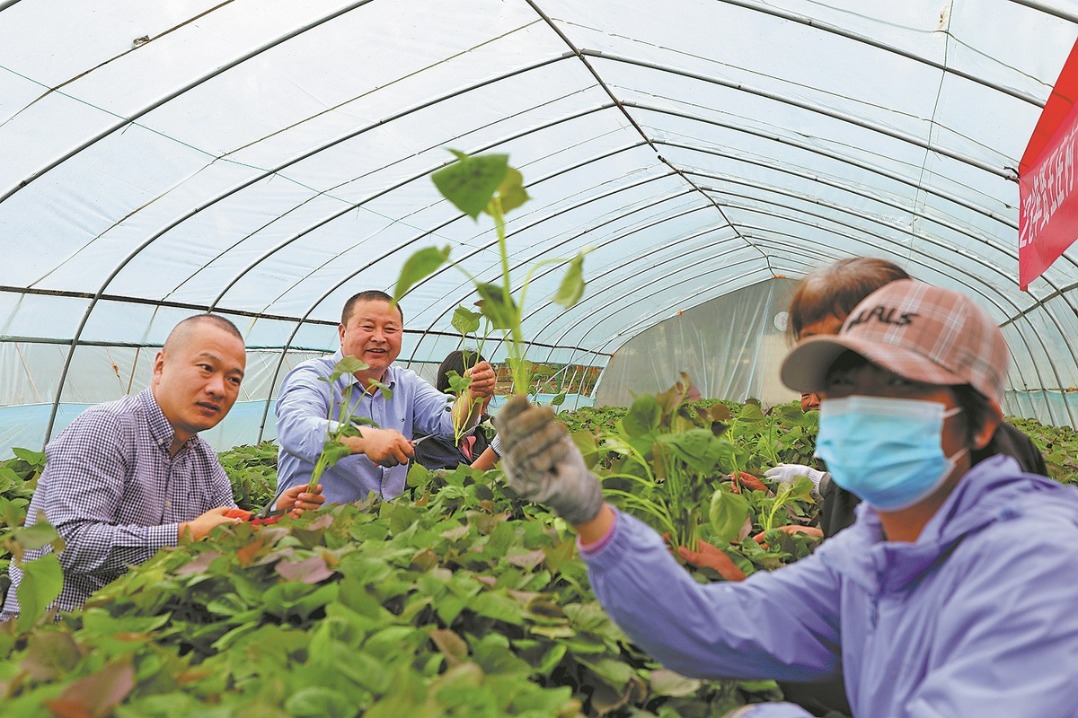Spring blossoms bring color back to lifeless hills


Each April, apricot trees in the southern Ningxia Hui autonomous region are in full bloom, spreading shades of cream white and pink across vast swathes of Pengyang county.
While the scene is common in some eastern provinces where abundant rainfall and fertile land nurture flowering trees, it takes painstaking effort for people in Ningxia to be able to enjoy this scenery.
"Hills and mountains in the county used to be bald and lifeless due to decades of intensive and improper human activities," Shi Taifeng, Party secretary of Ningxia, said at a news conference held in Beijing on Friday.
"In the past 30 years, local people and authorities have been planting trees and containing soil erosion," he said. "The beautiful scenery is the outcome of the region's environmental protection drive."

According to Shi, tree coverage in the county has increased tenfold in the past three decades, reaching 133,000 hectares.
The transformation of Pengyang county is part of the progress that Ningxia has achieved in restoring degraded land and improving the environment.
Government figures show that Ningxia has invested 36 billion yuan ($5 billion) in environmental protection in the past three years, and launched more than 1,000 campaigns to crack down on violations and promote effective practices.
More than 182,700 hectares of land affected by soil erosion have been improved and about 654,300 hectares of desert have been replaced with trees.
"Ningxia is the country's first provincial-level region able to reverse desertification," Shi said.
One of the region's latest crackdowns on the exploitation of natural resources started in 2017 in Helan Mountain, revered as "Father Mountain" by local people.
"High quality coal around the mountain has drawn hordes of miners to tap into the resource as long ago as the Yuan Dynasty (1271-1368)," Shi said, adding that the ecology of the mountain was badly damaged as a result.
The authority has since removed 169 organizations involving intense human activities, including 110 mining businesses, away from the Helan Mountain National Nature Reserve.
"We will continue to safeguard the natural environment in Ningxia, the way that each of us protects our eyes," Shi said.
- Long March 5 rocket deploys tech demo satellite into space
- China launches communication technology test satellite
- Spokesperson warns against aggression toward mainland fisherman
- Lhasa wetland reserve recognized as world's highest altitude wetland
- Chengdu woman sentenced for fatally stabbing neighbor
- Mainland coast guard's patrol in Xiamen-Kinmen waters to safeguard maritime order: spokesperson




































